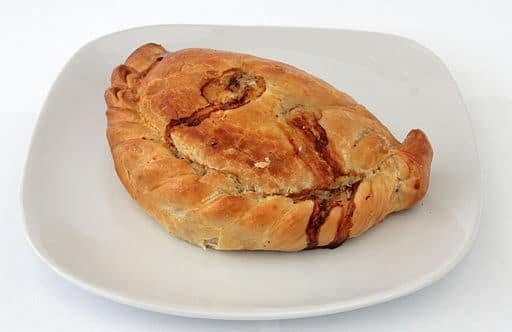
The 5th of March is Cornwall Day and so what better way to celebrate than to share some of the treasures of this beautiful UK county with you.
Cornwall Day
The person behind Cornwall Day being celebrated on March 5th is St. Piran, the county’s patron saint. Believed to have been born in Ireland, and often also named St Ciarán of Saigir, he apparently landed in the Cornish hamlet of Perranzabuloe after floating across the Irish Sea tied to a mill stone. Once there, he adopted the lifestyle of a hermit, apparently accompanied by a badger, a fox, and a bear. Piran went on to found the Abbey of Lanpiran and he helped to reintroduce tin smelting to Cornwall.
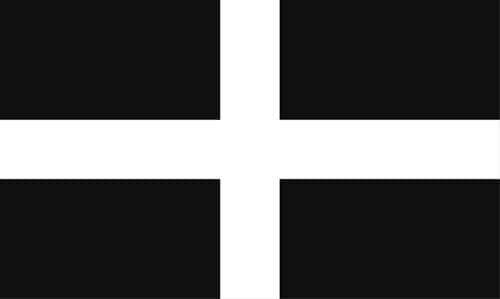
Locals mark St. Piran’s Day, aka Cornwall Day, in a number of ways. Some communities hold parades, others perform plays of Piran’s life. Many wear the Cornish flag and carry daffodils, (black, white, and gold being the colours of Cornwall). Alternatively, you could plant some daffodils, eat a Cornish cream tea, and watch some Poldark!
Cornwall Facts
Even if you’re not from the UK, Cornwall is easy to find on a map. It’s the long peninsula jutting out in the far southwest of England. As far as English counties go, it is the most remote, and shares its only land border with Devon. This remoteness is the main reason why the Cornish language lasted so long when other regional tongues were lost. Although Cornish, one of the Celtic group of languages, died out as an everyday spoken language in the 18th century, a few speakers survived into the early 20th century. Recent efforts have sought to revive it.
Other fun facts about Cornwall:
- It has the longest coastline of any British county, coming in at 697 km or 433 miles.
- Almost one third of the county is recognized as Areas of Outstanding Natural Beauty.
- Cornwall was once the source of 50% of the world’s tin.
- Cornwall has more than 300 beaches, so you shouldn’t have any problems finding a secluded sandy spot.
- Truro is the county’s only city, and the administrative centre.
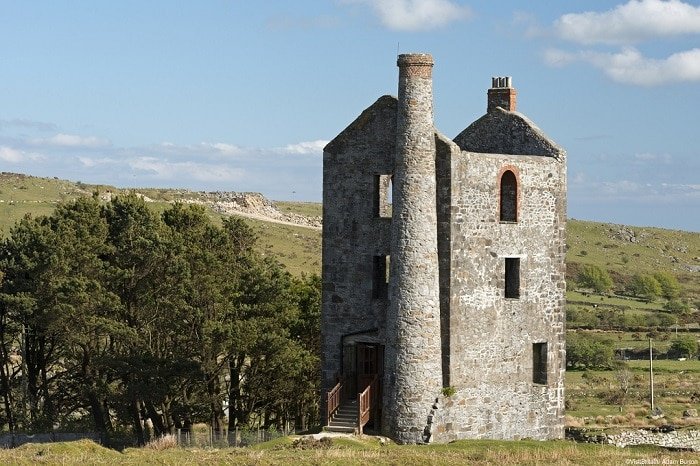
Cornwall Foods
Cornish Pasty. Who doesn’t love a Cornish pasty? The hearty favourite was once the standard lunch of local miners. Some say it contained meat and veg at one end and a fruit filling at the other (rather like a Bedfordshire Clanger). However, the more common version that most are familiar with contains meat, onion, diced potato and swede. It is sealed by a crimped pastry crust. The crimping is a serious business and the more crimps in the crust, the more experienced and skilled the pasty maker. Miners would hold the pasty by the crust to eat it and then throw away that remaining crimped edge. Why? Because their fingers would often be contaminated with arsenic and other minerals from the mines. This allowed them to eat without poisoning themselves!
Cornish Cream Tea. You’re in the West Country so there is no excuse to skip a cream tea, complete with scones, clotted cream, and jam. But remember, there’s a Cornish way and a Devon way so eat it the local way – jam and then cream.

Cornish Split. Modern cream teas include scones, but there was a time when, if in Cornwall, you’d be filling a Cornish split with cream and jam. The Cornish split is a fluffy, round bread roll that you would pull open with your fingers rather than cutting with a knife. You might still find some cream teas in Cornwall serving the split rather than a scone. And some bakeries around the country sell a Cornish split, prefilled.
Cheese. Don’t forget the cheese! Cornwall has around 60 types of local cheese. Yarg is the most famous; it is wrapped in nettles which eventually form an edible rind. Also try some Cornish Blue or Cornish Brie.
Cornwall Countryside
Even inland, in Cornwall you are never far from the sea, and so the countryside is rich with history of smugglers, legends, and mysticism. The granite moorland of Bodmin Moor is rugged and isolated. Rocky cairns and stone circles dot this landscape which was once associated with King Arthur. The Heritage Centre tells the story of the area’s once thriving tin-mining industry. But remember to keep an eye open for the Beast that some say roams these parts.
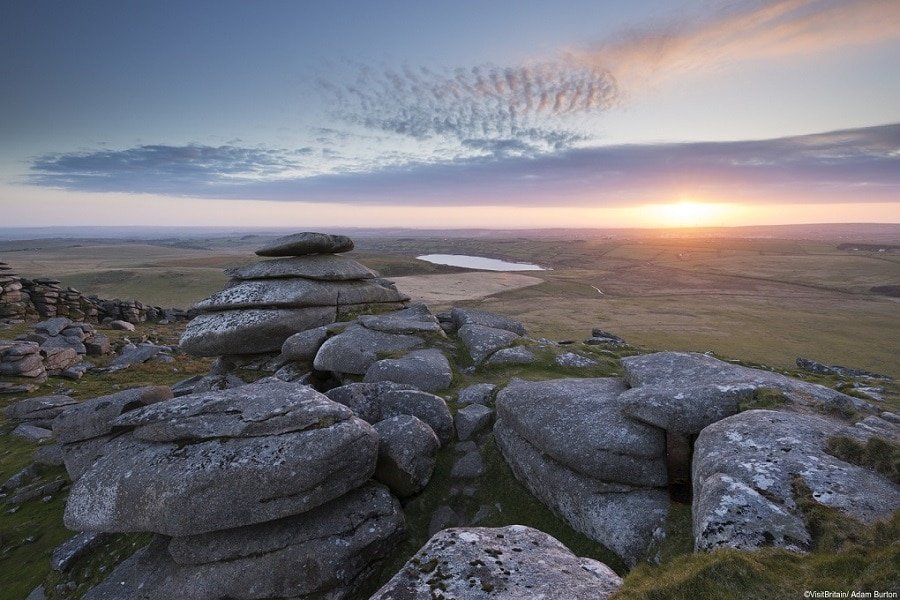
Cornwall is home to the world’s largest variety of plant species, thanks to the Eden Project. Cornwall’s top eco-visitor attraction, this series of interlinked biomes in a reclaimed china pit seek to educate and research the relationship between human and plantlife. Visit the world’s largest greenhouse in the Project’s Rainforest Biome and experience acres of lush gardens as you learn about our delicate ecosystem.

Cornwall Coast
As mentioned, there are miles and miles of Cornish coast to explore. If you don’t want to walk the entire length of the English Coast Path, you could pick any segment of the path through Cornwall and enjoy windswept views out to see from atop rugged clifftops. If two wheels are more your thing, rent a bike and go on a cycling tour.
Cornwall is a delight for water enthusiasts. Surfers flock here from around the world to make the most of the high waves, while kayakers explore the ins and outs of the coastline. Check out a class at a local surf school, if you’re a beginner.
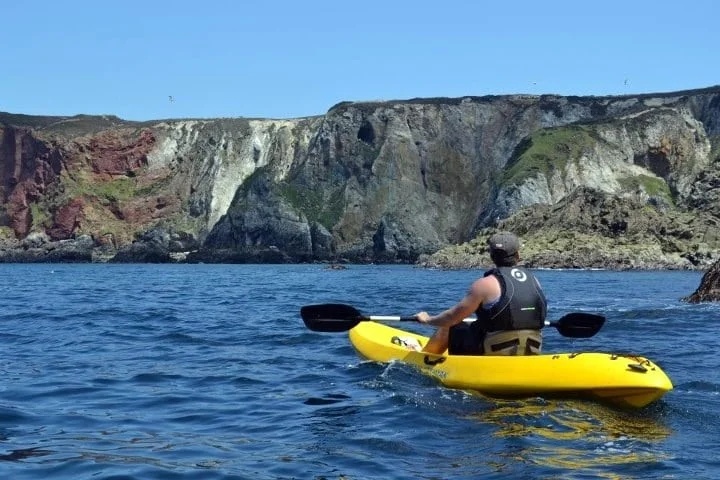
For a more sedate experience of the Cornish coast, find a spot on one of the many beaches, or browse a quiet fishing village. Visit the Museum of Witchcraft and Magic in Boscastle, relive an episode of BBC’s Doc Martin in Port Isaac, or watch the boats come ashore with the day’s catch at Mousehole.
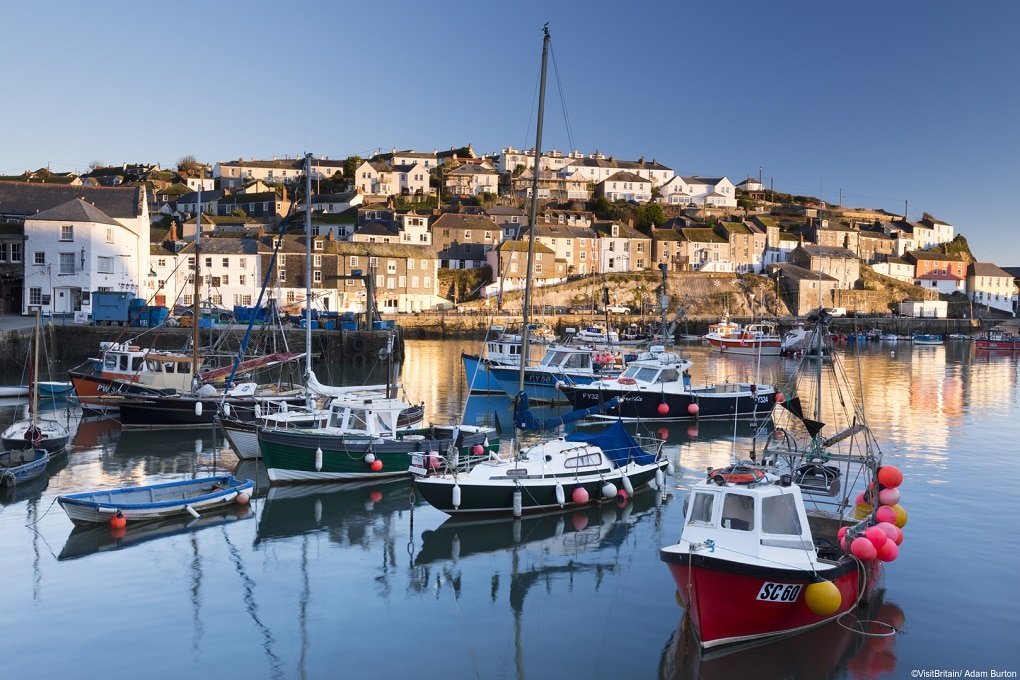
You’ll be spoilt for choice when you visit Cornwall and we’ve only mentioned a handful of all that there is to see. For more ideas of places to stay and things to do, VisitCornwall.

